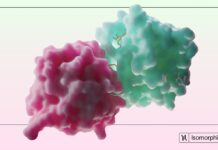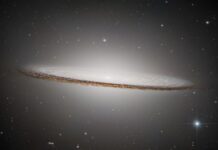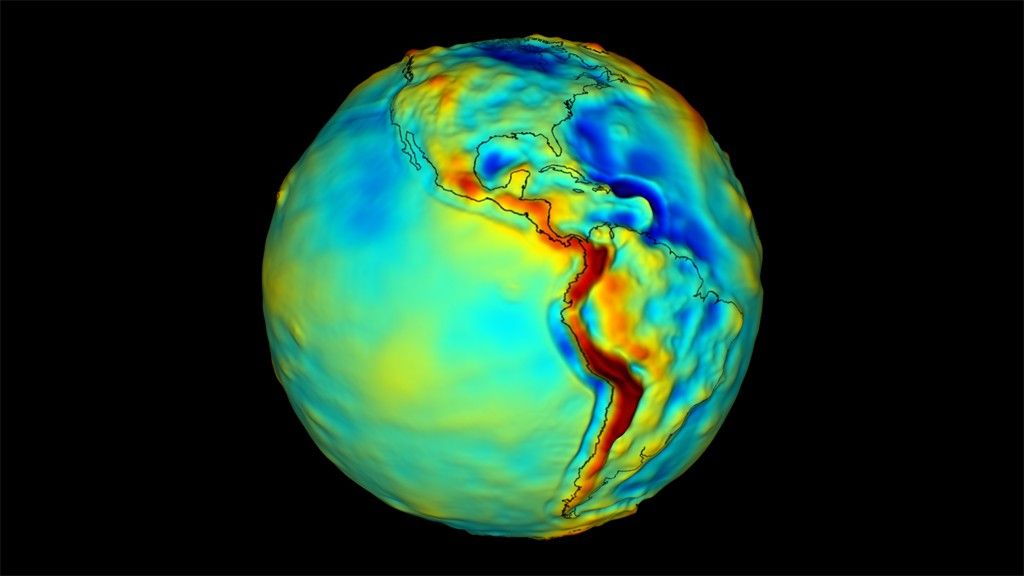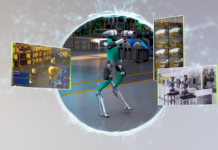Introduction to Quantum Sensing in Space
In a significant leap for space-based technology, researchers from NASA’s Jet Propulsion Laboratory (JPL) in Southern California, along with private enterprises and academic entities, are spearheading the development of the first-ever space-based quantum sensor dedicated to measuring gravity. This ambitious initiative is backed by NASA’s Earth Science Technology Office (ESTO) and is set to open new frontiers in observing various Earth phenomena, ranging from the assessment of petroleum reserves to the monitoring of global fresh water supplies.
Understanding Earth’s Dynamic Gravitational Field
Earth’s gravitational field is not a static entity; it evolves daily due to geological processes that redistribute mass across the planet’s surface. Essentially, a larger mass results in stronger gravitational pull. While these variations are imperceptible to us in our daily lives, scientists employ highly sensitive instruments known as gravity gradiometers to map these subtle differences. Such gravity maps are instrumental for various applications, including navigation, resource management, and national security.
Quantum Gravity Gradiometer Pathfinder: A Revolutionary Tool
Jason Hyon, the chief technologist for Earth Science at JPL and the director of JPL’s Quantum Space Innovation Center, explained the concept behind their pioneering instrument, the Quantum Gravity Gradiometer Pathfinder (QGGPf), in a recent publication. The QGGPf aims to revolutionize the way we measure gravitational anomalies by utilizing quantum technology.
Gravity gradiometers measure the rate at which an object falls in one location compared to another object falling slightly farther away. The difference in their acceleration, which are termed test masses, indicates variations in gravitational strength. Essentially, where gravity is stronger, objects fall faster.
The Science Behind Quantum Measurement
The QGGPf utilizes two clouds of ultra-cold rubidium atoms as test masses. These atoms are cooled to temperatures near absolute zero, causing them to exhibit wave-like behaviors. The gradiometer measures the difference in acceleration between these atom waves to pinpoint gravitational anomalies accurately. This innovative use of ultra-cold atoms ensures that space-based gravity measurements remain precise over extended periods, as noted by Sheng-wey Chiow, an experimental physicist at JPL. He explained that using atoms guarantees consistency in measurements and reduces susceptibility to environmental factors.
Benefits of the Quantum Approach
The incorporation of atoms as test masses offers the advantage of compact and efficient instrumentation. The QGGPf is designed to be approximately 0.3 cubic yards (0.25 cubic meters) in size and weigh around 275 pounds (125 kilograms), making it lighter and more compact than traditional gravity measurement tools used in space. Additionally, quantum sensors offer heightened sensitivity. In fact, a quantum gravity gradiometer of scientific caliber could potentially be ten times more sensitive than classical sensors.
Mission Objectives and Technological Innovation
The primary objective of this technology validation mission, slated for launch towards the end of the decade, is to test a suite of cutting-edge technologies designed to manipulate interactions between light and matter at the atomic scale. Ben Stray, a postdoctoral researcher at JPL, emphasized the novelty of the mission, stating that no previous attempts have been made to fly such instruments. Flying the QGGPf will not only advance the quantum gravity gradiometer but also push the boundaries of quantum technology as a whole.
Collaborative Efforts and Future Prospects
This technological development project is a collaborative effort involving NASA and a host of small businesses. The JPL team is partnering with companies like AOSense and Infleqtion to enhance the sensor head technology, while NASA’s Goddard Space Flight Center in Greenbelt, Maryland, is collaborating with Vector Atomic to refine the laser optical system. The advancements made during this pathfinder mission hold the potential to significantly enhance our understanding of Earth and extend our ability to study distant planets, shedding light on gravity’s role in shaping the universe.
Conclusion
In summary, the QGGPf instrument represents a significant leap in both planetary science and fundamental physics applications. As we embark on this technological journey, the knowledge gained will undoubtedly enrich our understanding of Earth and the cosmos. For further details and updates on this groundbreaking project, interested readers can explore resources provided by NASA’s Earth Science Technology Office at https://esto.nasa.gov.
For more Information, Refer to this article.


































